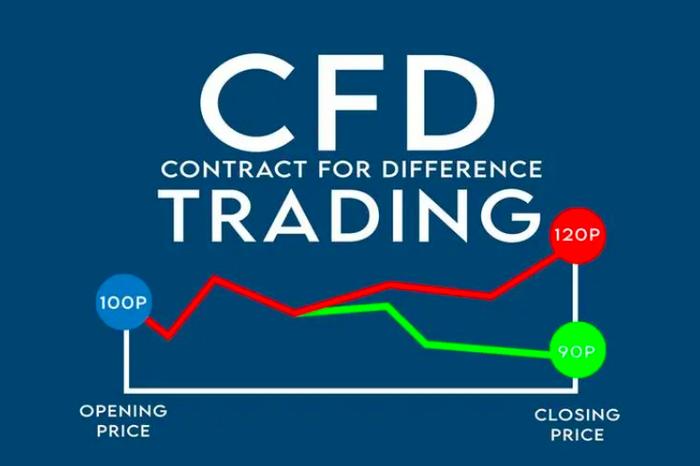
Picture this: you’re staring at the BTC chart at 2 a.m., caffeine running through your veins, mind buzzing with the next move. The big question hits you — should you keep grinding on a retail exchange with your own capital, or tap into the firepower of a prop trading firm and trade with someone else’s money? Each path has its thrill, its traps, and its unique set of opportunities. In crypto, where volatility plays at full volume, knowing the strengths and weaknesses of these two worlds can be the difference between building your portfolio and watching it evaporate.
Prop trading (short for proprietary trading) firms are like specialized combat units in the trading world. You join their ranks, prove your skills through challenge accounts or evaluation phases, and if you pass, they give you a funded account. Now you’re trading not just your own savings, but institutional-level capital.
Leverage without the personal risk Imagine having $100k in trading capital but risking only a small subscription fee to get there. Prop firms absorb losses (up to a point) and let you scale. The upside is huge — more volume means more potential profit — but the payout structure varies, often splitting earnings 70–90% in your favor.
Strict discipline baked into the system Daily loss limits, drawdown rules, and clear profit targets are the “boot camp” of prop trading. It’s frustrating at first — one bad day can end your funded account — but it forces you to avoid emotional overtrading, something retail traders often learn the hard way.
Access to multiple markets Many crypto-focused prop firms also offer forex, stocks, indices, options, and commodities. This diversification is a goldmine for traders who understand correlations — for example, trading gold when risk sentiment shifts in crypto, or shorting tech stocks during a macro downturn.
Trading crypto on a retail exchange means you’re fully in control. No one is breathing down your neck about a daily loss limit; you can change strategies overnight; experiment with leverage; buy a meme coin at 3 a.m. just because it feels right.
Complete autonomy Want to YOLO into an altcoin breakout? You can. Retail exchanges let you be flexible, creative, reckless — whichever style fits you. The flip side: every loss hits your own wallet.
Variety of instruments, but crypto-first Big exchanges like Binance or Bybit have expanded into futures, options, and tokenized stocks, but their roots are still crypto. This means if you want deep liquidity in oil futures or S&P 500 contracts, retail platforms might not match institutional-grade access.
No approval process Unlike prop firms, there’s no trial period. You sign up, deposit, and start trading. Great for speed, risky for beginners jumping into high leverage without learning risk management.
| Factor | Prop Trading Firms | Retail Exchanges |
|---|---|---|
| Capital | Trade large amounts without risking personal savings | Limited to what you can deposit |
| Risk Control | Strict rules, forced discipline | Self-imposed risk limits |
| Market Access | Wide: crypto, forex, stocks, commodities | Mostly crypto, limited non-crypto |
| Payout Structure | Profit split with firm | All profits are yours |
| Pressure & Rules | High — must follow firm’s criteria | Low — you set your own rules |
| Learning Curve | Steep but structured | Flexible but prone to bad habits |
If you’re the type who thrives under structure, prop firms can feel like a trading dojo — sharpening your discipline while giving you more buying power. If you value creative freedom and don’t mind the personal risk, retail exchanges let you craft your own playbook.
Crypto trading isn’t an isolated island anymore. Prop firms are merging their models with multi-asset portfolios: forex, indices, even commodities like gold or oil. Traders who learn cross-asset strategies in a prop environment often have a smoother transition to global macro trading.
Meanwhile, retail exchanges are riding the decentralized finance (DeFi) wave — DEX platforms, liquidity pools, perpetual futures without intermediaries. The tech is dazzling, but challenges remain: smart contract vulnerabilities, unpredictable gas fees, regulatory clouds.
Looking ahead, AI-driven trade execution, real-time sentiment analysis, and autonomous smart contracts are on the horizon. Imagine your trading bot adjusting positions based on blockchain activity seconds before the market reacts — that’s where fintech and crypto could meet in the next evolution.
Whether you gear up under the banner of a prop trading firm or roam free on retail exchanges, the battlefield is the same — charts that move, emotions that test, and opportunities that don’t wait.
“Capital is your weapon, discipline is your armor — choose your battlefield wisely.”




